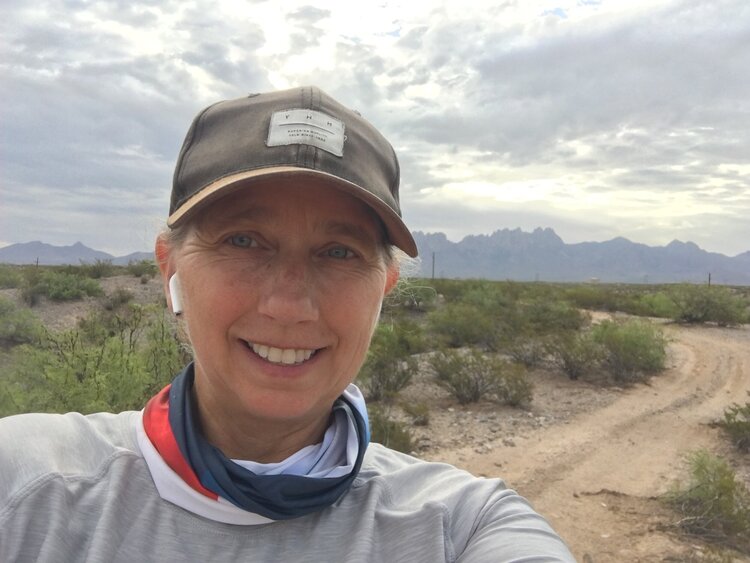Last night I found myself sitting next to an elegant woman dressed in white. Her delicate hands rested on her lap highlighting a perfect French manicure. It was quite clear that her hands would never find themselves where mine had been that day. I glanced down at my appendages hoping were no remains of dried blood under or around my nails.
That morning our lab assistant appeared in my classroom doorway with a heavy plastic bag and a huge grin on his face: his mission had been successful. He handed off the bag and I immediately took it to a lab bench. The items inside were contained within a series of thick plastic bags. As I removed each layer it became apparent why. The mounds of pig tissue within were dripping with blood. Untangling entwined trachea and esophagi, I lifted the first set of lungs from the bag and placed them on a work area on the lab bench. Dabbing off blood as I worked, I arranged the bright pink lungs so that the trachea and esophagi extended neatly from the top.
Then I covered them hoping to mask the rawness of the scene from those entering my classroom and giving myself some mental preparation time with the students before they had to handle the organs.
Some students literally fled the room upon the unveiling of the lungs. However, they quickly realized there was no threat and succumbed to their curiousity which was heightened by the “ooh”s and “aahs” of their peers within.
With gloved hands they carefully handled and explored the tissues. Eventually EVERYONE touched the lungs, followed the trachea to the bronchi, studied the pathway of the esophagus, and made observations on the differences between the structures. Several students were brave enough to insert a straw into the trachea, squeeze down and blow air into the lungs. The inflating lungs were indeed an impressive sight drawing exclamations of amazement from all observers!
My Grade 10 Bio class was the intended recipient of this lab activity as they have just started a unit on the Respiratory System. However, my grade 11 General Science class studying the human body also benefitted from those lungs. Then, my Year 2 IB Biology students were able to review some of their assessment statements from last year as they investigated the organs. As one of them said following her time with the lungs, “That was a really good class”. The bottom line? The Respiratory System became real to them. Now they can imagine it. Now they can discuss it. Now they will remember it.
I’d much rather be part of this kind of journey than sporting beautifully manicured nails! And as always, I advocate to all, risk the mess and find every opportunity to bring learning to the realest level possible.
